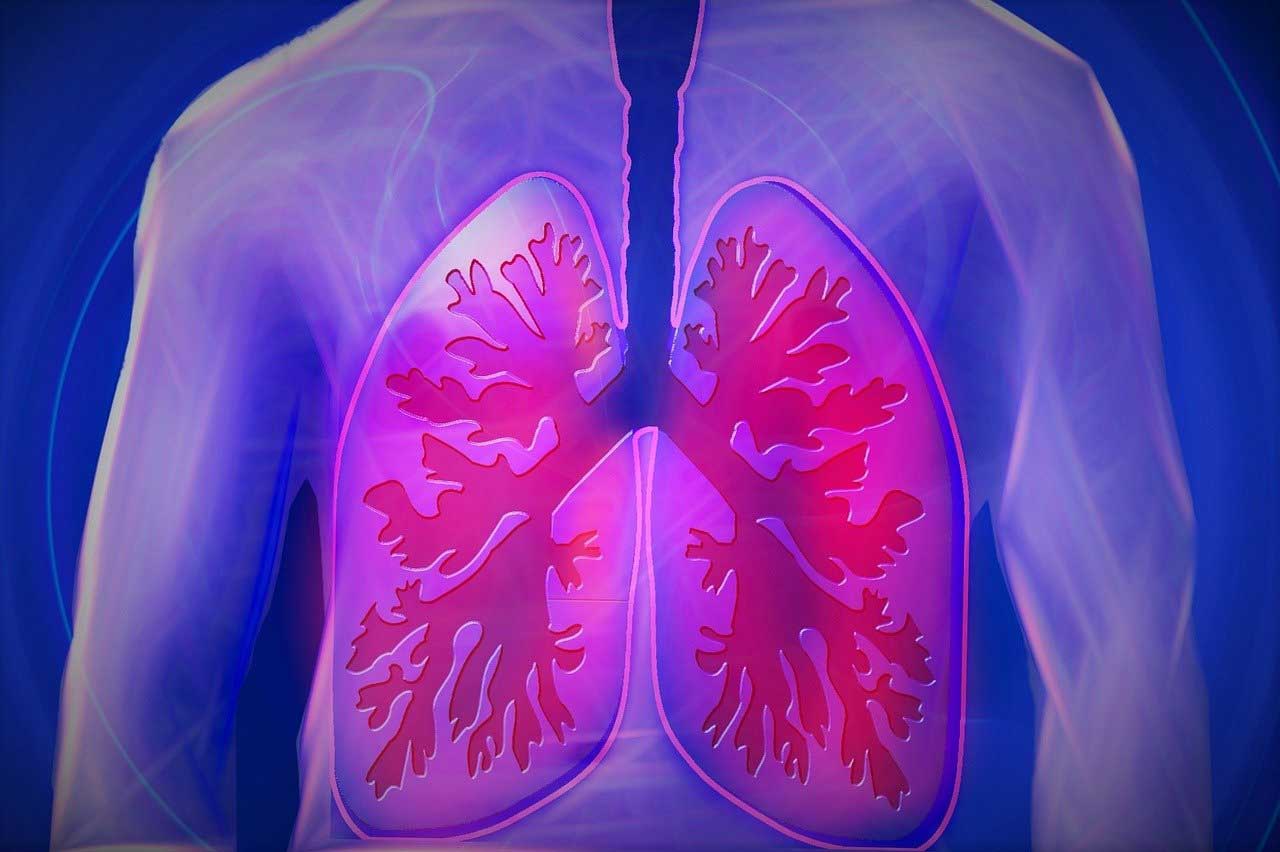
Wheezing is a high-pitched, coarse whistling sound when you breathe. It happens when the airways are tightened, blocked, or inflamed, making a person’s breathing sound like whistling or squeaking.
Using modeling and high-speed video techniques, scientists from the University of Cambridge have shown what causes wheezing and how to predict it.
Scientists think that better comprehension of the physical mechanism responsible for generating wheezing sounds can give them better insights into symptoms and disease and improve diagnosis and treatment.
First author Dr. Alastair Gregory from Cambridge’s Department of Engineering said, “Because wheezing makes it harder to breathe, it puts an enormous amount of pressure on the lungs. The sounds associated with wheezing have been used to make diagnoses for centuries. Still, the physical mechanisms responsible for the onset of wheezing are poorly understood, and there is no model for predicting when wheezing will occur.”
Co-author Dr. Anurag Agarwal, Head of the Acoustics lab in the Department of Engineering, said, “I got the idea to study wheezing after a family vacation several years ago. I started wheezing the first night we were there, which had never happened to me before. And as an engineer who studies acoustics, my first thought was how cool it was that my body was making these noises. After a few days, however, I was having real trouble breathing, which made the novelty wear off pretty quickly.”
Agarwal’s wheezing was the result of a dust mite allergy. It was easily treatable, but when Agarwal spoke with a specialist in respiratory medicine, he found that even though it is a common occurrence, the physical mechanisms that cause wheezing are somewhat mysterious.
The lung’s airways appear as a branching network of flexible tubes, called bronchioles, that gradually get shorter and narrower as they get deeper into the lung.
For the study, scientists mimicked the same setup in the lab. They modified a piece of equipment called a Starling resistor, in which airflow is driven through thin elastic tubes of various lengths and thicknesses.
Using a multi-camera stereoscopy technique, scientists filmed the air being forced through the tubes at various degrees of tension to observe the physical mechanisms that cause wheezing.
First author Dr. Alastair Gregory from Cambridge’s Department of Engineering said, “It surprised us just how violent the mechanism of wheezing is. We found that there are two conditions for wheezing to occur: the first is that the pressure on the tubes is such that one or more of the bronchioles nearly collapses, and the second is that air is forced through the collapsed airway with enough force to drive oscillations.”
Agarwal said, “Once these conditions are met, the oscillations grow and are sustained by a flutter mechanism in which waves traveling from front to back have the same frequency as the opening and closing of the tube. A similar phenomenon has been seen in aircraft wings when they fail, or in bridges when they collapse. When up and down vibrations are at the same frequency as clockwise and anticlockwise twisting vibrations, we get flutter that causes the structure to collapse. The same process is at work inside the respiratory system.”
Using these observations, scientists developed a ‘tube law’ to predict when this potentially damaging oscillation might occur, depending on the tube’s material properties, geometry, and amount of tension.
Gregory said, “We then use this law to build a model that can predict the onset of wheezing and could even be the basis of a cheaper and faster diagnostic for lung disease. Instead of expensive and time-consuming methods such as x-rays or MRI, we wouldn’t need anything more than a microphone and a stethoscope.”
A diagnostic based on this method would work by using a microphone – early tests were done using the in-built microphone on a normal smartphone – to record the frequency of the wheezing sound and use this to identify which bronchiole is near collapse and whether the airways are unusually stiff or flexible to target treatment. The scientists hope that by finding changes in material properties from wheezing, and locations that wheezes come from, the additional information will make it easier to distinguish between different conditions. However, further work in this area is still needed.
Journal Reference:
- A. L. Gregory, A. Agarwal, and J. Lasenby. ‘An Experimental Investigation to Model Wheezing in Lungs.’ Royal Society Open Science (2021). DOI: 10.1098/rsos.201951
Continue reading Scientists identified the violent physical processes at work inside the lungs on Tech Explorist.
0 comments:
Post a Comment